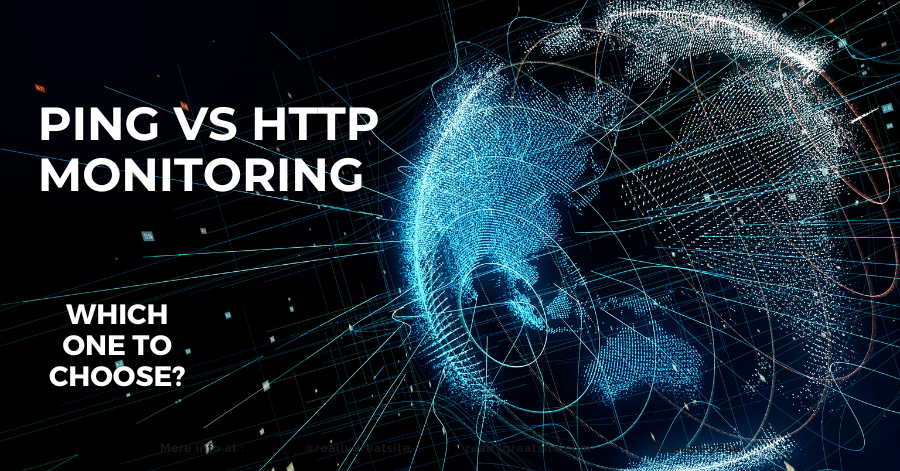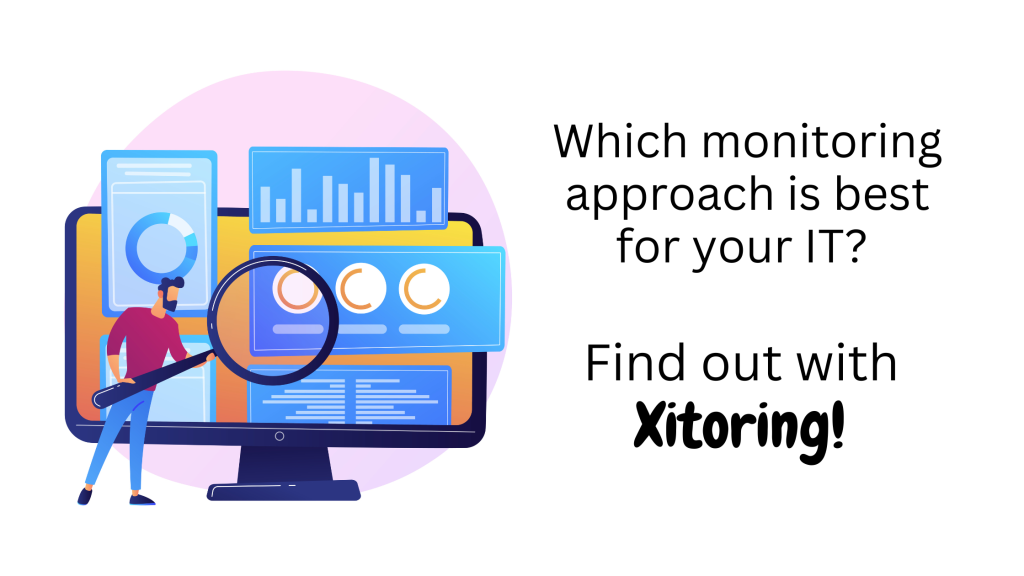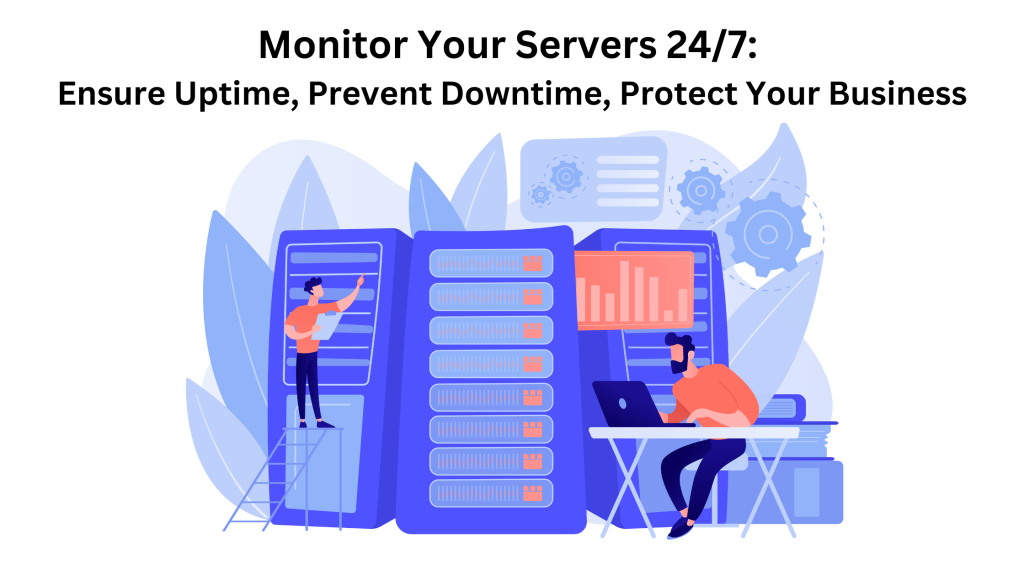ネットワークの問題を理解し診断することは、インターネットを利用して顧客とやり取りする組織にとって非常に重要です。PingとHTTPモニタリングは、ネットワークを円滑に稼動させ、問題を解決したいネットワーク・マネージャーやウェブマスターにとって重要なリソースです。それぞれのツールには明確な目的があり、ネットワークとアプリケーションの様々なレイヤーのオペレーションを把握することができます。
Pingモニタリングとは?
- 何をするのか? Pingモニタリング は、ICMP(インターネット制御メッセージ・プロトコル)を使って、ネットワーク上のネットワーク・デバイス(サーバー、ルーター、スイッチなど)の可用性をチェックする。特定のIPアドレスにデータのパケットを送信し、応答を待ち、往復にかかった時間を計測する。
- 目的 その主な目的は、ホストの到達可能性と、発信元ホストから宛先コンピュータに送信されるメッセージのラウンドトリップタイム(RTT)をチェックすることである。
- 使用例: ホストがネットワーク上で稼働しているかどうかを確認する基本的なネットワークのトラブルシューティングに広く使用されている。ネットワーク接続の問題やファイアウォールの存在、ネットワークの輻輳を特定するのに役立ちます。
- 制限: Pingモニタリングでは、上位プロトコル(HTTPなど)のパフォーマンスやアプリケーション固有の問題についての情報は得られません。単にホストに到達可能かどうかがわかるだけで、ウェブサービスやアプリケーションが正しく機能しているかどうかはわかりません。


